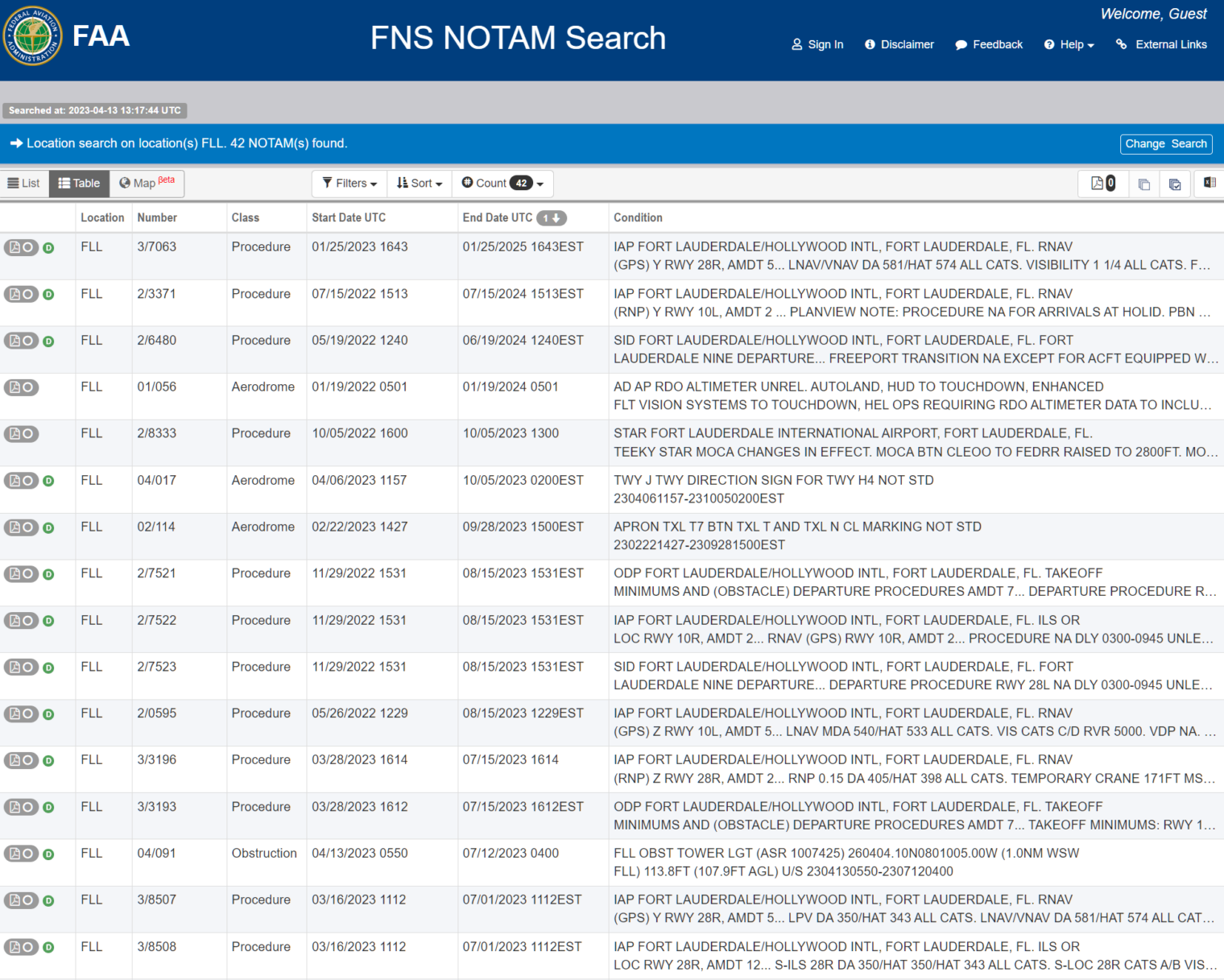Database programmers’ dream: build the operating system on top of a DBMS
One of the most interesting talks at a recent anniversary celebration for computer science at MIT was by Michael Stonebraker, a fake MITer (he is best known for Ingres and Postgres, UC Berkeley implementations of IBM’s relational database management system concept). For the past few years, Stonebraker has been working on a database-first vision of computing:
For those who don’t want to watch the 55-minute video, the idea is to run a high-performance RDBMS underneath the operating system (OS) and have the OS use DBMS services to hold its state, support inter-process communication, to roll back to a known good state after a failure or an attack, etc.
Here’s a figure from a 2022 progress report:
The events opened with computer science PhDs acknowledging that humanity faces an existential threat from climate change (Science says that if you can program a computer you can predict the Earth’s temperature 50 years from now). If we combine that with the observation that humans are actually increasing, not decreasing, their CO2 emissions, humanity will soon be extinct. Do we actually need to rethink our practical foundation for computing if these are our sunset years? If yes, this strikes me as the most promising idea.
What about performance? Stonebraker says that the “OS-on-database” runs applications about as fast as conventional “OS-including-ad-hoc-data-management-schemes-for-all-of-its-state”.
Full post, including comments
























